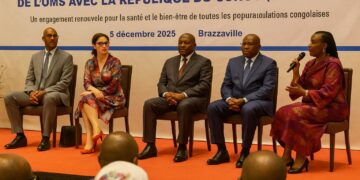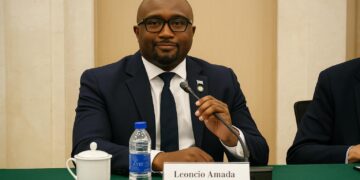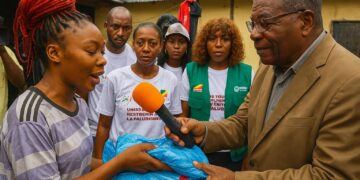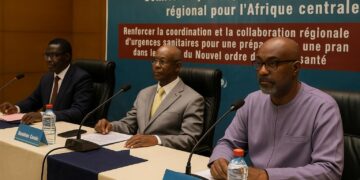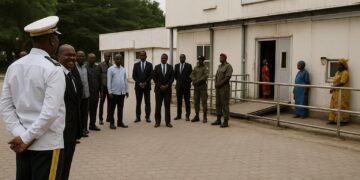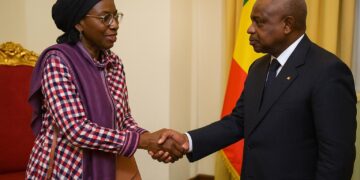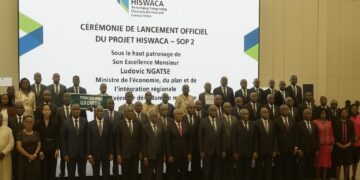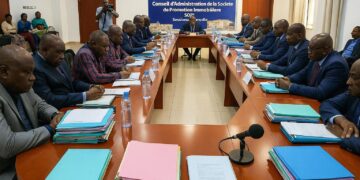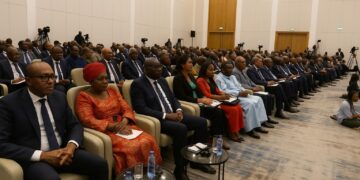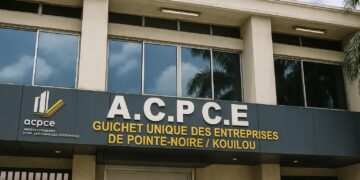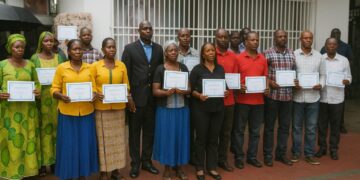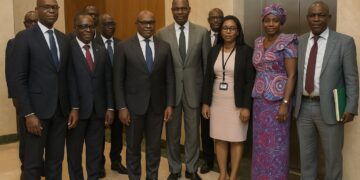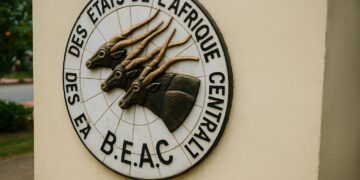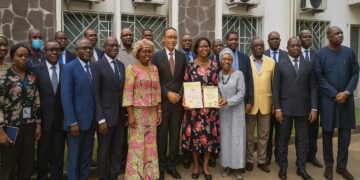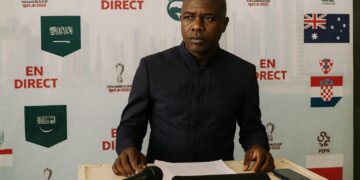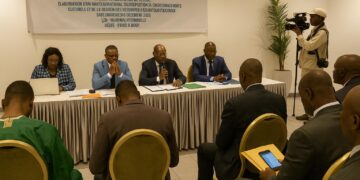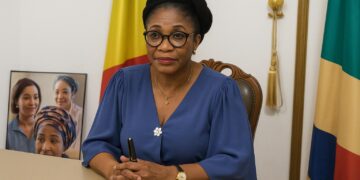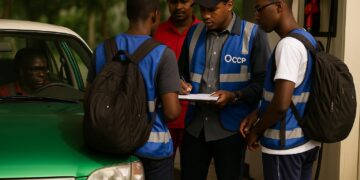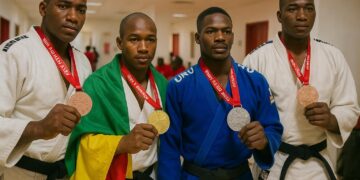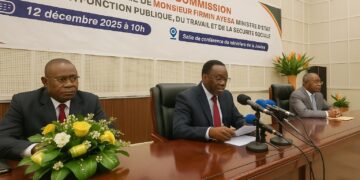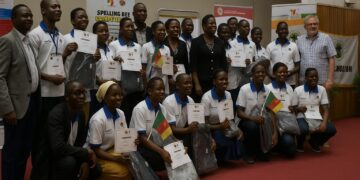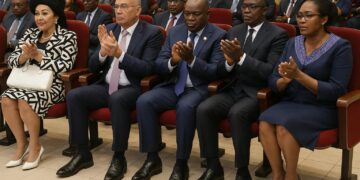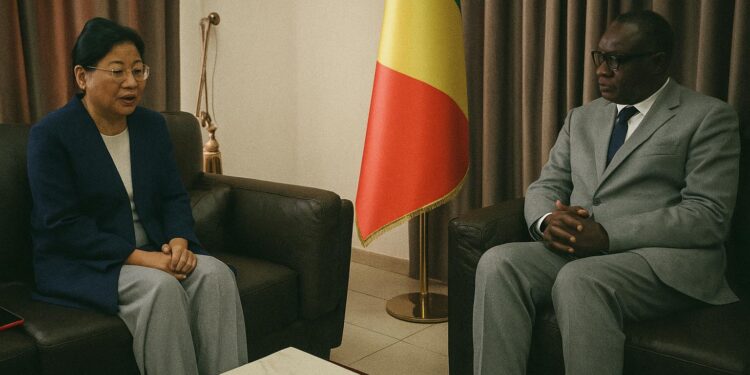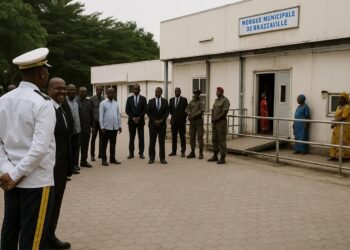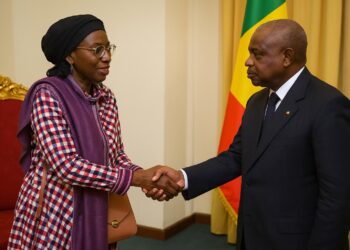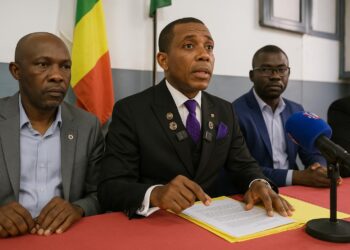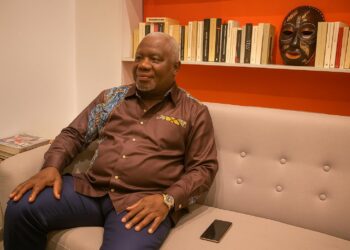Sixty Years of Diplomatic Resonance Sets the Scene
When Ambassador An Qing crossed the colonnaded threshold of the Ministry of National Defence on 8 July, she did so against the backdrop of six decades of uninterrupted diplomatic relations between the People’s Republic of China and the Republic of the Congo. The envoy, still fresh from the presentation of her letters of credence four days earlier, invoked a new “Golden Sixty” to describe the aspirational trajectory of bilateral ties. The phrase, first coined in Beijing’s African policy circles last spring (Xinhua, 6 May 2024), captures a shared determination to transform commemorative rhetoric into operational deliverables.
Defence Cooperation as Vector of Strategic Trust
Inside the ministerial salon, General Charles Richard Mondjo and his guest devoted much of the conversation to defence cooperation—a portfolio traditionally framed as an amplifier of political confidence. According to officials briefed on the meeting, both sides reiterated their commitment to a partnership characterised by what Brazzaville diplomatically calls “non-intrusive solidarity”. Beijing’s interlocutors emphasised capacity-building rather than direct force projection, an approach aligned with China’s 2019 Defence White Paper and with Congo’s own emphasis on sovereignty and stability.
Capacity Building and Human Capital at the Core of the Agenda
The most tangible layer of the relationship is visible on the campus of the Marien-Ngouabi Military Academy, whose dormitories, lecture halls and simulation rooms have been rehabilitated and expanded with Chinese engineering expertise and concessional finance. Over 120 Congolese cadets have followed tactical and cyber-security courses in Nanjing and Wuhan during the past five years, a cohort likely to double under the memorandum of understanding renewed in January (Congolese Ministry of Defence communiqué, 15 January 2024). Senior officers note that exposure to Chinese doctrine supplements, rather than replaces, traditional Francophone training streams, thereby diversifying the intellectual toolkit of the Forces armées congolaises.
Medical Diplomacy and the “Arche of Peace” Symbolism
The conversation also reviewed the symbolic but operationally relevant contribution of the naval hospital ship Peace Ark, which berthed in Pointe-Noire in 2017 and again in 2023. During its latest mission, the vessel’s medical staff conducted 7,824 consultations and 132 complex surgeries, data confirmed by the Congolese Health Service of the Armed Forces. China’s Defence Ministry regards such deployments as a humanitarian corollary to the Belt and Road Initiative, while Brazzaville sees them as cost-effective amplification of military medical readiness. The same logic animates the recent refurbishment of the Pierre-Mobengo Central Military Hospital, whose modernised operating theatres now receive patients referred from civilian clinics, thereby softening traditional civil-military boundaries.
Regional Security Implications and Multilateral Dimensions
Analysts in Addis Ababa and Paris monitor the Sino-Congolese defence vector not merely through a bilateral lens. Congo’s location at the geographic hinge of Central Africa situates Brazzaville as a potential facilitator of maritime security in the Gulf of Guinea and as a discreet interlocutor in discussions on the disarmament of non-state actors along the Congo River basin. Within the African Union Peace and Security Council, Congo has repeatedly advocated cooperative approaches that resonate with Beijing’s Global Security Initiative, particularly the notion that economic corridors and security corridors are mutually reinforcing. Western partners privately acknowledge that China’s engineering corps often provide rapid deployment capabilities that budget-constrained regional forces find hard to sustain.
Prospects for a New “Golden Sixty” in Sino-Congolese Ties
Looking ahead, working groups are expected to refine a three-year action plan encompassing joint disaster-relief exercises, encrypted communications upgrades and the establishment of a francophone centre for peacekeeping doctrine in Brazzaville. While financial contours remain under negotiation, preliminary figures suggest a blended package of concessional loans and grants amounting to the equivalent of 95 million US dollars, a modest but strategically directed envelope that aligns with Congo’s fiscal prudence targets. Diplomatic observers argue that such calibrated engagements bolster President Denis Sassou Nguesso’s long-stated objective of modernising the defence sector without incurring unsustainable debt.
Strategic Equilibrium and the Subtle Art of Partnership
In conversation, senior Congolese officials insist that their country’s defence diplomacy remains guided by a doctrine of diversified partnerships, balancing historical European links with pragmatic ties to emerging powers. Beijing, for its part, appears comfortable with a model that privileges training, logistics and humanitarian outreach over the permanent stationing of combat assets. The Brazzaville meeting between Minister Mondjo and Ambassador An Qing thus crystallises a calibrated alignment where symbolism and utility coalesce. Should the envisioned initiatives proceed on schedule, the next decade may indeed unfold as a new chapter of mutually beneficial cooperation—one in which brass tacks of security policy are discreetly wrapped in the silk gloves of diplomacy.

